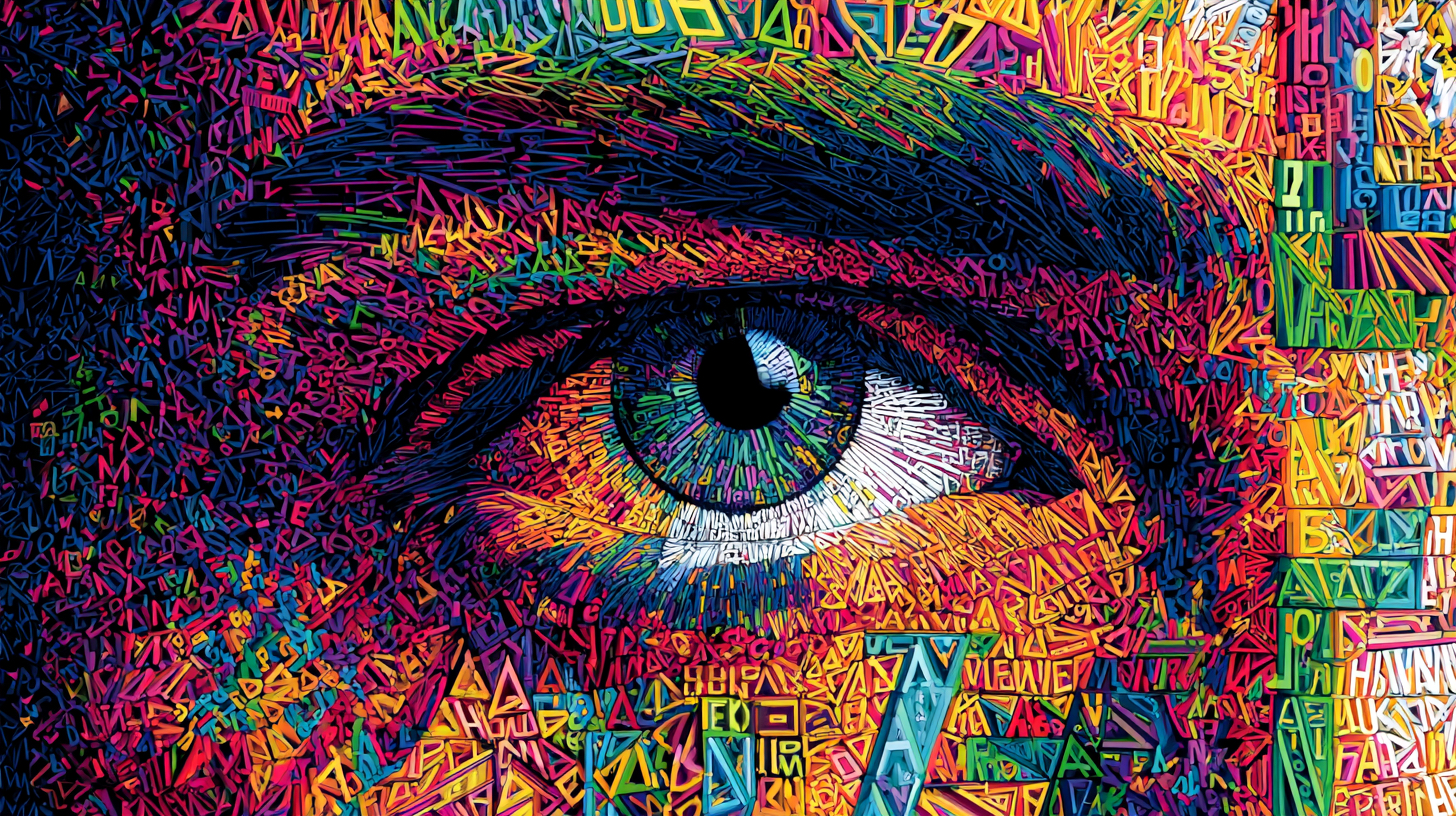07.10.25
AI: Hype or Help?

The first time AI truly caught my attention was when I saw that now-famous image of Pope Francis in a big, puffy white winter coat. I thought it was a clever Photoshop job—someone had probably pasted his face onto another image. But then I learned the whole thing had been generated from scratch, purely from a text prompt. That’s when it hit me—this wasn’t just another image-editing trick. This was something different.
Like many in the creative industry, my first reaction was excitement. AI was being pitched as a miracle—type in a few words, and out comes a flawless, detailed image straight from your imagination. If you’ve ever struggled with creative execution, this sounded like a dream. But the dream faded fast.
I put AI to the test on a real project, trying to generate cross-section visuals of underground layers for a client. It seemed like the perfect use case—after all, AI could create the impossible, right? Instead, I got hallucinations. The AI kept adding fossils, underground rivers, even lava flows that led to volcanoes. No matter how clearly I refined my prompt, it wouldn’t stick to reality. It was like AI had a compulsive need to impress me, throwing in details I never asked for. What was supposed to be a shortcut turned into an exhausting process of trial and error.
This is something a lot of clients (and even some creatives) don’t understand about AI. They assume it’s as simple as typing a sentence and getting a polished, perfect result. They don’t see the hours spent wrestling with prompts, fixing weird distortions, and correcting details AI refuses to get right. Every time I’ve used it, I’ve had to step in and refine the output manually.
That doesn’t mean AI is useless—far from it. Today, I mostly use it for generic imagery: abstract backgrounds, skies, oceans, outer space. If I need something broad and flexible, it’s great. But the more specific a request, the harder AI struggles. It’s not a magic button; it’s just another tool.
I’ve also seen how AI’s perception has shifted. At first, creatives feared it would replace them entirely. Then, frustration set in as people realized it wasn’t as powerful as promised. Now, there’s a more balanced view: AI is here to stay, but it’s not taking over. Design tools are integrating AI directly into their workflows, making it a supportive feature rather than a replacement. This is where the real potential lies—not in eliminating human creativity, but in enhancing it.
I’ll admit, AI tricked me at first. I believed the hype and expected miracles. Now, I see it for what it is: useful but limited. I still get frustrated, but I’ve also learned how to work with it, rather than against it. AI will keep evolving, and so will we. It won’t replace designers, but it will change how we work. And if used right, it might even make us better at what we do.
Evolving insights by Rodrigo Philbert

The first time AI truly caught my attention was when I saw that now-famous image of Pope Francis in a big, puffy white winter coat. I thought it was a clever Photoshop job—someone had probably pasted his face onto another image. But then I learned the whole thing had been generated from scratch, purely from a text prompt. That’s when it hit me—this wasn’t just another image-editing trick. This was something different.
Like many in the creative industry, my first reaction was excitement. AI was being pitched as a miracle—type in a few words, and out comes a flawless, detailed image straight from your imagination. If you’ve ever struggled with creative execution, this sounded like a dream. But the dream faded fast.
I put AI to the test on a real project, trying to generate cross-section visuals of underground layers for a client. It seemed like the perfect use case—after all, AI could create the impossible, right? Instead, I got hallucinations. The AI kept adding fossils, underground rivers, even lava flows that led to volcanoes. No matter how clearly I refined my prompt, it wouldn’t stick to reality. It was like AI had a compulsive need to impress me, throwing in details I never asked for. What was supposed to be a shortcut turned into an exhausting process of trial and error.
This is something a lot of clients (and even some creatives) don’t understand about AI. They assume it’s as simple as typing a sentence and getting a polished, perfect result. They don’t see the hours spent wrestling with prompts, fixing weird distortions, and correcting details AI refuses to get right. Every time I’ve used it, I’ve had to step in and refine the output manually.
That doesn’t mean AI is useless—far from it. Today, I mostly use it for generic imagery: abstract backgrounds, skies, oceans, outer space. If I need something broad and flexible, it’s great. But the more specific a request, the harder AI struggles. It’s not a magic button; it’s just another tool.
I’ve also seen how AI’s perception has shifted. At first, creatives feared it would replace them entirely. Then, frustration set in as people realized it wasn’t as powerful as promised. Now, there’s a more balanced view: AI is here to stay, but it’s not taking over. Design tools are integrating AI directly into their workflows, making it a supportive feature rather than a replacement. This is where the real potential lies—not in eliminating human creativity, but in enhancing it.
I’ll admit, AI tricked me at first. I believed the hype and expected miracles. Now, I see it for what it is: useful but limited. I still get frustrated, but I’ve also learned how to work with it, rather than against it. AI will keep evolving, and so will we. It won’t replace designers, but it will change how we work. And if used right, it might even make us better at what we do.
Evolving insights by Rodrigo Philbert